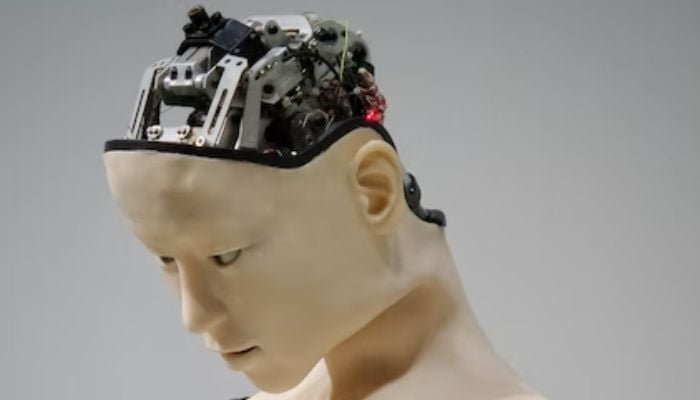Scientists develop e-skin for 'soft robots'
For the first time, "soft robots" now have a level of physical self-awareness comparable to that of humans and other animals due to stretchy e-skin
Do we stand a better chance of granting robots a true sense of touch?
Electronic skin is being developed by scientists in the hopes that it may help with surgical procedures and perhaps benefit those who have movement problems. For the first time, "soft robots" now have a level of physical self-awareness comparable to that of humans and other animals due to stretchy e-skin.
The method, according to researchers at the University of Edinburgh, could result in additional advancements in soft robotics by allowing objects to precisely detect their movements in the most delicate environments. The University of Hong Kong was also a participant in the study, which was published in the journal Nature Machine Intelligence.
Soft robots with e-skin, which scientists create using flexible materials rather than metal or hard plastics, could be used for a variety of tasks, including prosthetic limbs, surgical equipment, and gadgets that investigate dangerous places while remaining highly flexible.
Soft robots struggle to comprehend their own motion, shape, and interactions with their surroundings without e-skin. This creates a significant obstacle in the development of the sensory systems required for robots to perform precise jobs and interact securely with humans.
The research team is the first to create a solution that gives soft robots extremely precise, real-time sensing capabilities, reported Study Finds. A flexible e-skin that is only one millimetre thick and is made of a thin layer of silicone that is embedded with wires and sensitive detectors was developed by researchers.
Scientists were able to provide soft robots with the ability to quickly feel their motions and deformations with millimetre accuracy in three dimensions, in real-time, using the e-skin as well as artificial intelligence. The scientists put this e-skin to the test by attaching it to a flexible robot arm, and they discovered that the technology was capable of sensing a variety of intricate bending, stretching, and twisting movements throughout the entire device.
“The perceptive senses endowed to robotic devices by this new technology are similar to those of people and animals. This new level of physical self-awareness represents a step change in the sensing capabilities of soft robots,” said Dr Yunjie Yang from Edinburgh’s School of Engineering in a university release.
Study co-leader Dr Francesco Giorgio-Serchi, also of the School of Engineering added that this technology can help robots realise their own existence by making them perceive their shape and movements.
-
SpaceX mission 2026: 29 Starlink satellites deployed in year’s third flight
-
NASA, SpaceX announce target date for Crew-11’s splashdown return to Earth
-
World oceans absorbed record heat in 2025, may trigger intense climate crises, says report
-
February full moon 2026: Snow Moon date, time and visibility
-
Watch: Beautiful northern lights dazzling over Greenland's skies
-
Wildfires are polluting our environment more than we thought: Find out how
-
3I/ATLAS flyby: Why is Jupiter’s 96th Moon drawing intense scientific interest?
-
NASA spacewalk 2026: Medical issue prompts rare talk of early ISS crew return













